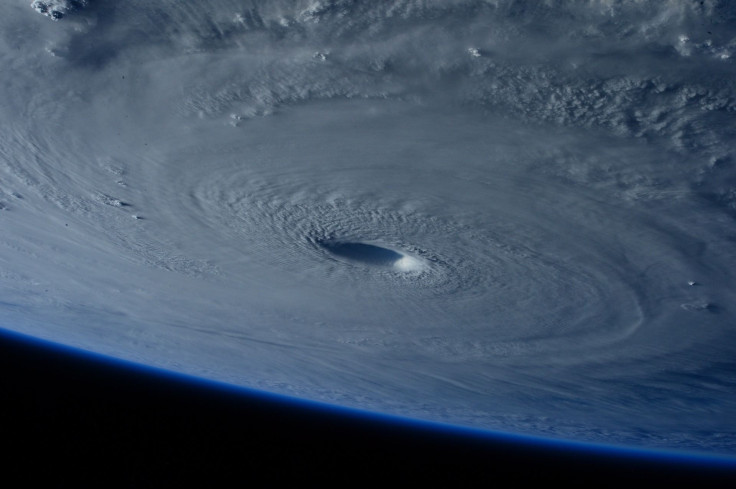Scientists Predict A More Active Hurricane Season In The US This Year
KEY POINTS
- Hurricane season officially starts June 1 but will be earlier this year
- Tropical and subtropical Atlantic conditions are continuously monitored by researchers because big storms are fuelled by the warm ocean temperatures
- El Niño conditions are not possible to develop this year, as predicted by both Colorado State and Penn State
Hurricane season is expected to be more active than usual in the United States. This forecast distresses emergency officials, even if it is weeks away, as the country faces the coronavirus pandemic.
Meteorologists who have tracked down ocean and atmospheric dynamics for months say now the conditions are perfect for storms, despite the official season beginning June 1.
In an interview with NBC News, Phil Klotzbach, an atmospheric scientist at Colorado State University in Fort Collins, said, “I’m sure nobody wants to hear this with everything else going on, but it’s looking like it will be a relatively active season.”
“Klotzbach and his colleagues at Colorado State released a forecast in early April that predicts 16 named storms with winds of 39 miles per hour or higher. Of those, the researchers’ models suggest eight could become hurricanes, including four 'major' hurricanes that reach Category 3 or higher,” according to Yahoo.
On an average, there are six hurricanes, 12 named storms, and another three major hurricanes that occur in a season, according to the National Oceanic and Atmospheric Administration.
There are two underlying factors that make it probable for a higher than usual number of hurricanes. These involve low probabilities of El Niño and a higher surface temperature in the Atlantic Ocean.
Tropical and subtropical Atlantic conditions are continuously monitored by researchers because some of the big storms are fuelled by the warm ocean temperatures.
“Warm ocean waters are one of the main ingredients for tropical cyclone development, which refers to both hurricane and lesser storms like tropical depressions and tropical storms,” said Daniel Brouillette, an atmospheric and climate scientist at Pennsylvania State University to NBC News. “The warmer those waters are, the more likely that tropical cyclones will develop, and also the stronger they may be if they do develop.”
Brouillette was a team member at Penn State that published a forecast April 21. An estimated 20 named storms are predicted by their models.
Moreover, CNN Meteorologist Thomas Ward reiterates that, "Sea surface temperatures across much of the Atlantic are running well above normal and have been for the past few months."
El Niño conditions are not possible to develop this year, as predicted by both Colorado State and Penn State. This phenomenon controls climate patterns around the world and is characterized by unusually warm water in the Pacific Ocean.
La Niña, the opposite of El Nino, also controls global climate patterns and is characterized by unusually cool temperatures in the equatorial Pacific.
“El Niño/La Niña, the periodic warming/cooling of the equatorial eastern and central Pacific Ocean, can shift weather patterns over a period of months. Its status is always one factor that’s considered in hurricane season forecasting,” according to the Weather Company as interviewed by Port City Daily.

© Copyright IBTimes 2025. All rights reserved.





















